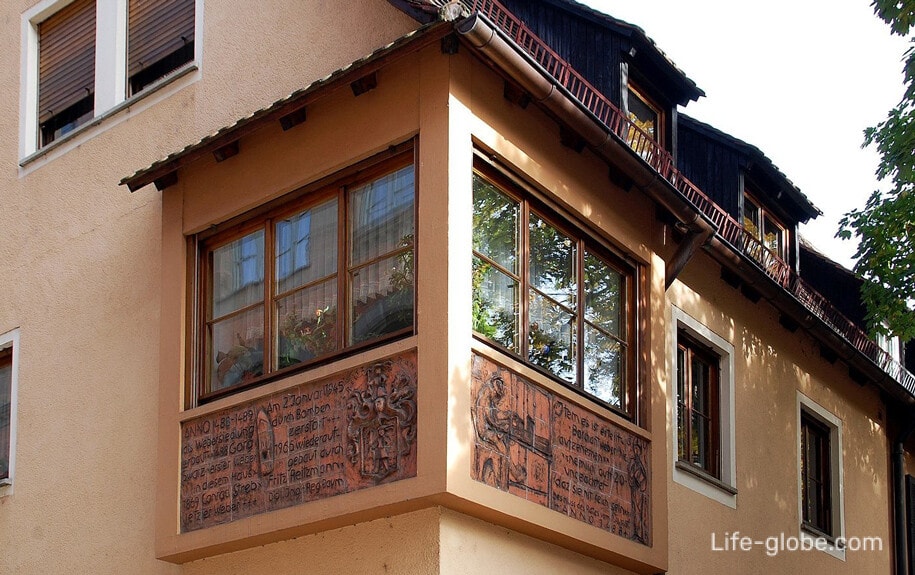
Seven Rows or Seven Lines (Sieben Zeilen / Sieben Zeilen) is the name of the historical workers' village (quarter) in Nuremberg.
In the period from 1489 to 1524, houses were built in several rows on the filled-in moat of the former defensive fortifications of the city, as social housing for weavers from Swabia.
Weavers came to Nuremberg to promote the development of the textile trade in the city.
This village of weavers is considered the ancestor of social housing.
The houses were two-storeyed, with a layout of 7.20× 8.20 meters. Workshops with looms and warehouses were located in the basement, kitchen, living room and unheated room on the ground floor.
At the beginning of the 19th century, the city sold the houses where the weavers lived. During the Second World War, 19 houses were destroyed and only two of them survived. In 1966 and 1973, the destroyed houses were rebuilt on a large scale. In 1973, the south row with two original surviving houses was demolished and rebuilt.
Today, a house that survived during the war in the former village of weavers, which was later rebuilt, is one of the important architectural monuments of Nuremberg and is included in the tourist route "Historical Mile of Nuremberg" (Historische Meile Nürnberg).

Bay window with a memorial plaque on one of the houses

The house "Seven Rows 6" (House Seven Lines 6) is a historic new building located in the north-eastern part of the old city of Nuremberg, at the address: Webersplatz / Sieben Zeilen.
All accommodation facilities in Nuremberg, including in the city center and near the Seven Lines, can be viewed and booked here